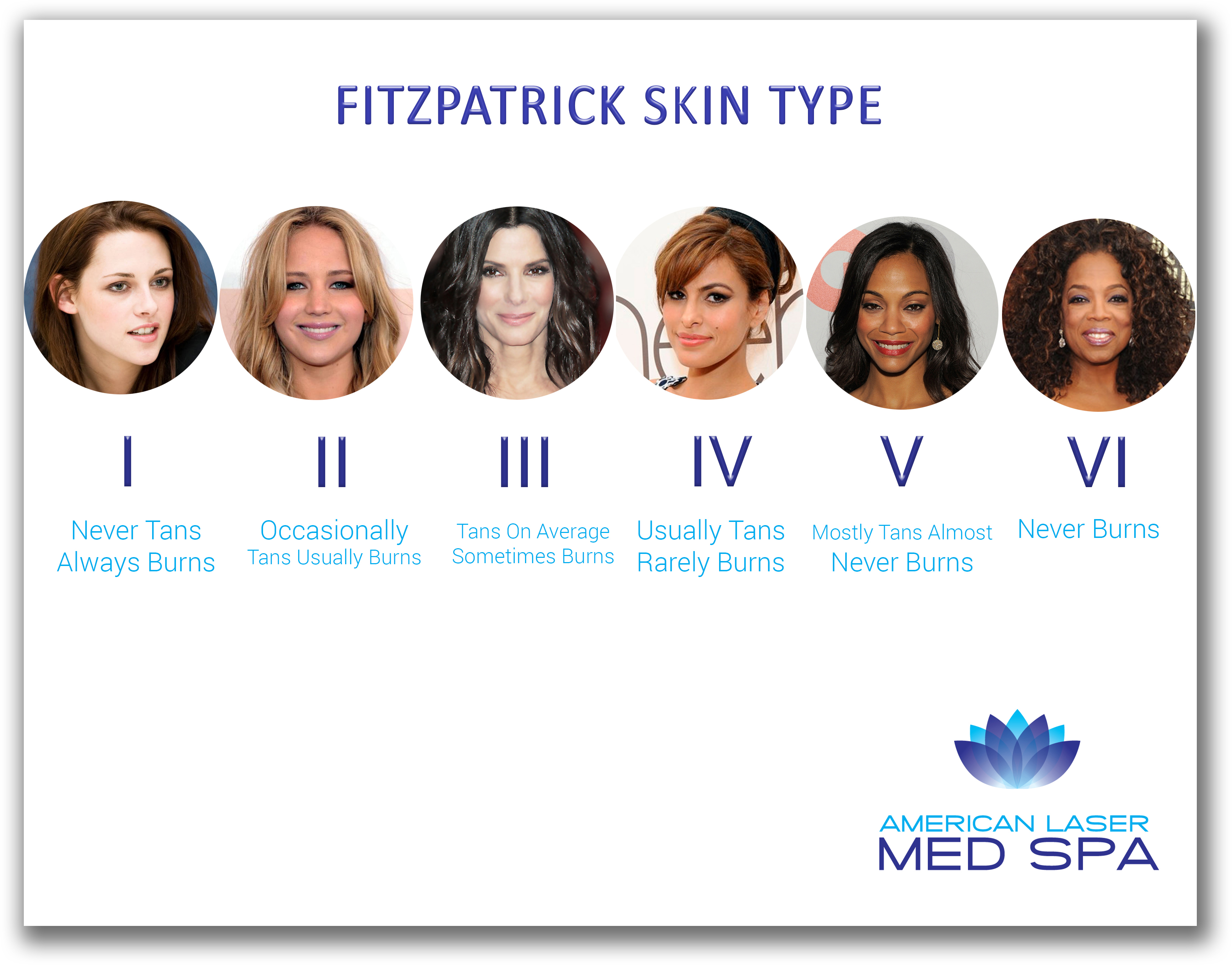
#Skin type 3 skin
This skin type's initial sun bed session will … A Skin Type III will tan easily, but still sunburn. Skin that may become red and flushes easily, gets tight and irritated by harsh products. Type III collagen is the main component of the collagen-glycosaminoglycan interstitium found here and helps reinforce your skin’s barrier. Although a Skin Type III can achieve a tan easily, they are still susceptible to overexposure. If you have seasonal combo skin, your skin type is dry in the cold months. The dermis is the innermost layer of skin, and the layer where type III collagen is most abundant- found in what is called the dermal interstitial collagen matrix. Symptoms of Skin Type 3: Enlarged pores and produces oil mostly in t-zone. Breaks out from heavy oils or pore-clogging ingredients. Panel (ISTAP), a skin tear is a wound caused by shear, friction, and/or blunt force with the separation of skin layers.8 The prevalence of skin tears typically varies between 3.3 and 19.5.9,10 The skin tears are classified into three types, with type 3 being the most serious one. Consistent blemishes and cysts (several new blemishes a … As with other skin types, a person with a skin type between 3 and 6 should still check their skin all over for abnormalities every month. This is the most common skin type in North America. How often have you exposed the area you want to treat to the sun?Īdd up your points to see where you fall on the Fitzpatrick scale.The CEO at your local Fabutan tanning salon will help determine an exposure schedule that will help a Skin Type III achieve the color they want. 3 Reliable Ways to Determine Your Skin Type : Walking down the skincare aisle at your local drugstore can be a daunting experience. How recently have you exposed your body to sun (or a tanning bed or self-tanner), without high-SPF sunscreen? What happens when your skin is exposed to the sun for too long?ĭoes it tan or get darker within several hours of sun exposure? What color is your skin in areas that haven’t been exposed to sun?ĭo you have freckles on unexposed areas of skin? Karen Kagha says that there’s currently a push in the field to expand the scale to more accurately reflect the vast variety of skin tones dermatologists treat in practice today.įitzpatrick skin types are usually represented in Roman numerals from I to VI, with I being the fairest and VI the darkest, though many doctors on RealSelf also use numbers 1 to 6. While the Fitzpatrick skin typing system is still the most widely used in dermatology, Harvard dermatologist Dr.
#Skin type 3 how to
A dermatologist or plastic surgeon with extensive experience treating brown skin will understand and know how to avoid these risks. Knowing your skin type is important for choosing the best skin care treatments and products, and customizing your personal skin care routine to promote optimal skin health, delay the signs of aging, and emphasize your best features and natural beauty.

It’s especially critical for people with Fitzpatrick skin types V and VI, who are at higher risk of postinflammatory hyperpigmentation and even scarring from laser treatments or deep chemical peels. Skin is often classified into 4 main types: Normal Skin.

Knowing your Fitzpatrick skin type can help when you’re considering cosmetic treatments, especially laser hair removal, laser resurfacing, and chemical peels (commonly used to treat sun damage).

They’re also at a lower risk of skin cancer due to sun exposure (though skin cancer is still a concern). That’s why people with more melanin in their skin usually tan or get darker rather than burn. People with dark skin tend to have more active melanocytes, cells that produce melanin, and dark skin absorbs much less UV light than pale skin-up to 70% less, according to The New York Times. Melanin, the pigment that gives skin its color, also determines how deeply it tans in response to the sun’s UV rays. Where you fall on the scale depends on your eye, hair, and skin color as well as the way your skin reacts to sun exposure. It also helps predict people’s risk of skin cancer from sun exposure. Now it’s widely used by dermatologists and plastic surgeons to predict the response of different skin tones to certain cosmetic procedures, like lasers and chemical peels. Fitzpatrick’s intent in devising the scale was to anticipate patients’ propensity to burn when receiving phototherapy treatments. Fitzpatrick, a dermatologist at Harvard Medical School, the scale originally included skin types I–IV types V and VI were added in 1988.ĭr.

Their size and tendency to get clogged can tell you a lot about your skin and its oil production. Your pores are also big indicators of your skin type. It is normal for it to be flaky and crack, especially in the winter months. The Fitzpatrick scale (aka the Fitzpatrick skin phototype scale) is commonly used to describe a person’s skin type and tone, particularly in terms of how it responds to light. Dry skin: Dry skin will feel tight and dry.


 0 kommentar(er)
0 kommentar(er)
